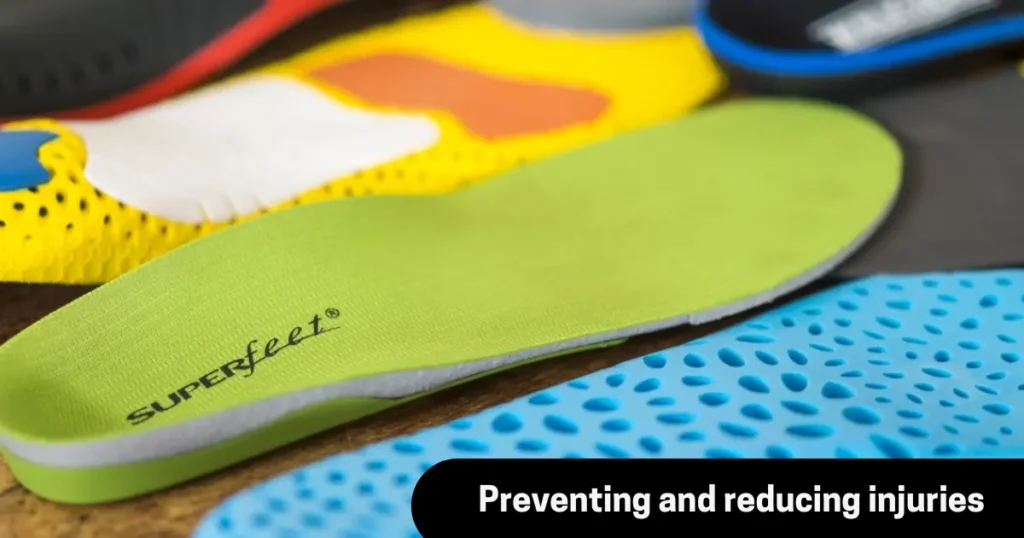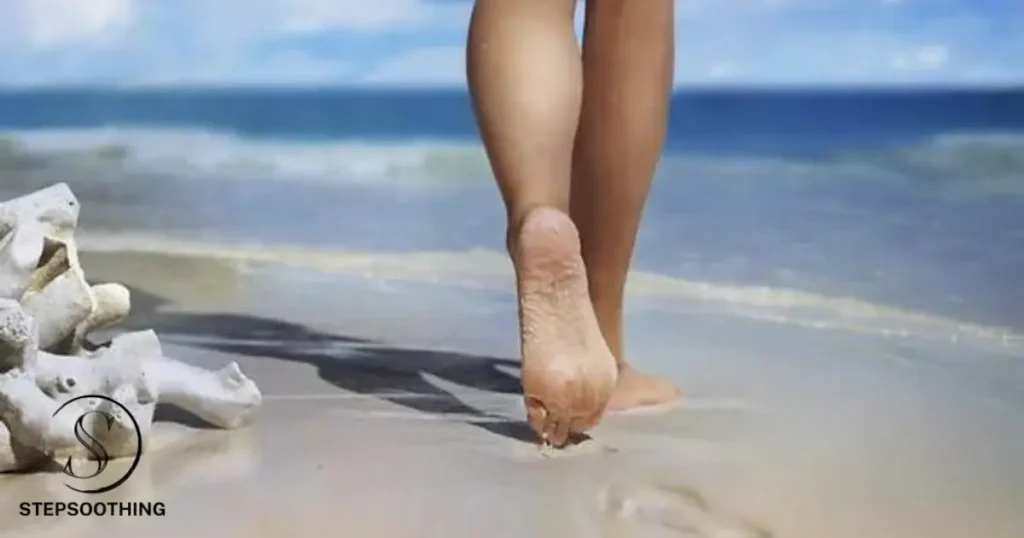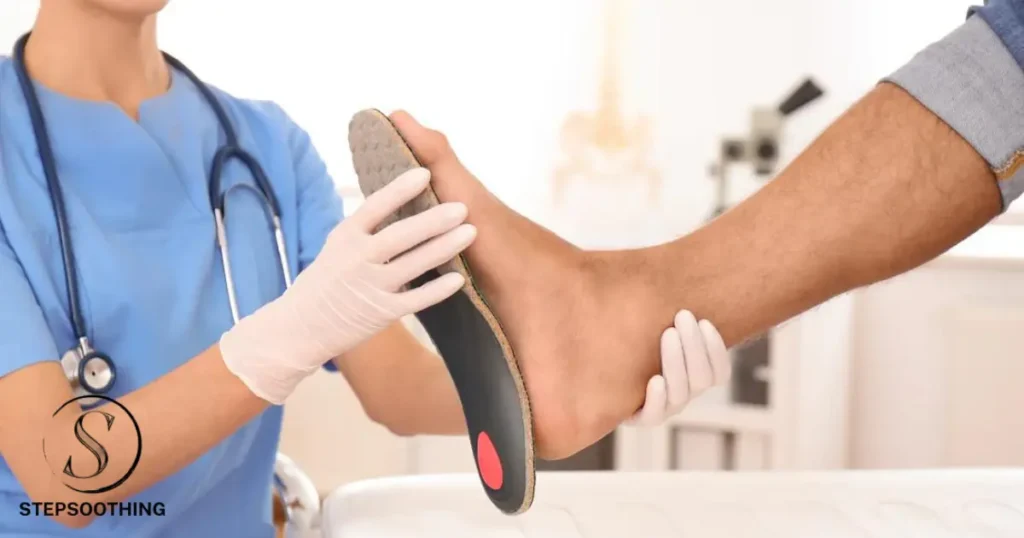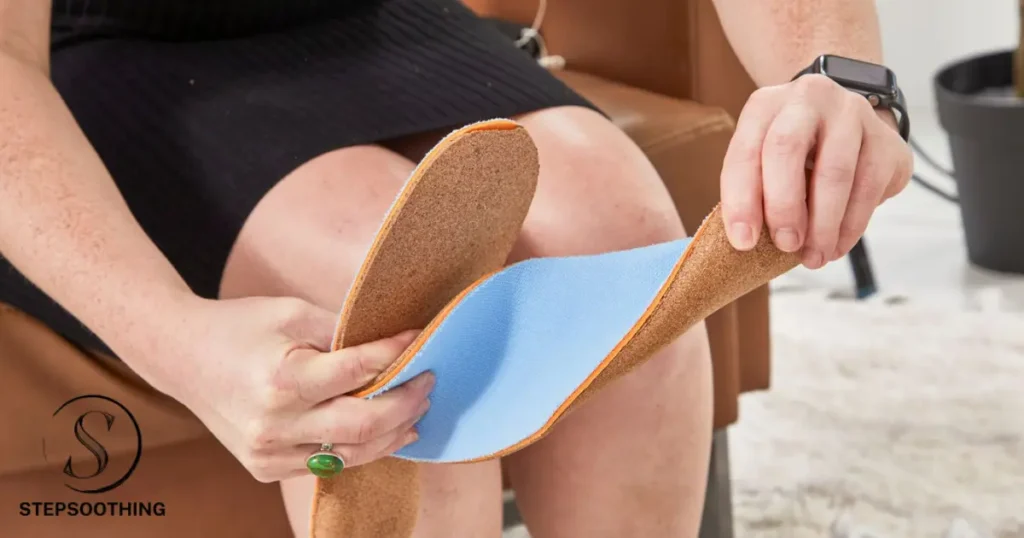Maintaining optimal foot health is vital for overall well-being, as our feet bear the weight of our bodies and facilitate daily movement. A key strategy for enhancing foot health and increasing overall comfort is by utilizing insoles. These customizable, removable liners placed inside shoes offer additional support, cushioning, and play a crucial role in enhancing comfort and shock absorption for the feet.
Benefits of Using Insoles for Foot Health

1. Enhancing Comfort and Shock Absorption
One of the primary benefits of using insoles is the enhanced comfort and shock absorption they provide for the feet. Throughout the day, whether we stand, walk, or engage in physical activity, our feet endure significant pressure and impact. Insoles act as a buffer, cushioning the feet and reducing the amount of stress and strain placed on the joints, muscles, and ligaments.
I. Cushioning and Support for the Feet
Insoles incorporate various materials like foam, gel, or air pockets to absorb and distribute force on the feet. Additionally, this cushioning alleviates discomfort and pain from prolonged standing, walking, or high-impact activities. Moreover, by offering support, insoles maintain natural foot alignment and positioning, thereby reducing the risk of foot-related issues.
II. Relieving Pressure on the Feet
In addition to cushioning, insoles also play a crucial role in relieving pressure on specific areas of the feet. Many individuals experience discomfort or pain in certain regions, such as the heels, arches, or balls of the feet, due to the uneven distribution of weight or the presence of underlying conditions. Designers can craft insoles with targeted support and contouring to address these pressure points, providing a more comfortable and stable foundation for the feet.
III. Reducing Impact on the Joints
The shock absorption provided by insoles not only benefits the feet but also helps to reduce the impact on the joints throughout the body. When the feet are subjected to repeated impact, the stress can travel up the kinetic chain, affecting the ankles, knees, hips, and even the spine. Insoles help to dissipate this impact, reducing the strain on the joints and potentially preventing the development of joint-related issues, such as osteoarthritis.

2. Improving Posture and Alignment Enhancing Comfort
Beyond enhancing comfort and shock absorption, the use of insoles can also play a significant role in improving posture and overall body alignment. Proper foot positioning and support are essential for maintaining a balanced and upright stance, as the feet serve as the foundation for the entire musculoskeletal system.
I. Correcting Foot and Ankle Issues
Many individuals experience foot and ankle problems, such as flat feet, high arches, or pronation (excessive inward rolling of the feet). These issues can lead to discomfort, pain, and even secondary problems in the lower body. Insoles can be designed with features that help to correct these biomechanical imbalances, providing the necessary support and stability to realign the feet and ankles.
II. Promoting Proper Weight Distribution
When feet receive proper support and alignment, body weight distributes evenly across the entire foot surface. This promotes better posture and reduces strain on areas like the heels or balls of the feet. Insoles ensure balanced weight distribution, thus alleviating pain, discomfort, and preventing further foot-related issues.
III. Reducing Strain on the Back and Lower Body
The benefits of improved posture and alignment extend beyond the feet and ankles. When the foundation of the body is stable and properly supported, it can have a positive impact on the entire musculoskeletal system. Insoles that promote proper foot positioning can help to reduce strain on the knees, hips, and lower back, potentially alleviating pain and discomfort in these areas.

3. Preventing and Treating Foot Conditions
Insoles play a crucial role in both the prevention and management of various foot conditions, making them an essential tool for maintaining overall foot health.
I. Alleviating Symptoms of Plantar Fasciitis
Plantar fasciitis is a common foot condition characterized by inflammation of the thick band of tissue (the plantar fascia) that runs along the bottom of the foot. This condition can cause significant heel pain, especially during the first steps of the day. Insoles with features like arch support and heel cushioning can help to alleviate the symptoms of plantar fasciitis, providing relief and promoting healing.
II. Managing Conditions Like Flat Feet and High Arches
Individuals with structural foot issues, such as flat feet or high arches, often experience discomfort and pain due to the lack of proper support. Insoles can be customized to address these specific conditions, providing the necessary arch support or cushioning to alleviate symptoms and prevent the progression of the problem.
III. Reducing the Risk of Developing Foot Problems
By promoting proper foot alignment and support, the regular use of insoles can also help to reduce the risk of developing various foot conditions, such as bunions, hammertoes, and neuromas. By maintaining the feet in a healthy, balanced position, insoles can prevent the development of these issues and reduce the likelihood of future foot-related problems.
4. Enhancing Athletic Performance
Insoles can also play a significant role in enhancing athletic performance, particularly for individuals who engage in high-impact or physically demanding activities.
I. Providing Stability and Support for Active Individuals
Athletes and active individuals often require additional support and stability for their feet to maintain proper form and technique during physical activity. Insoles designed for athletic use can provide the necessary cushioning, arch support, and motion control to help keep the feet stable and aligned, reducing the risk of injury and improving overall performance.
II. Reducing the Risk of Injury During Physical Activity
The shock absorption and support provided by insoles can be especially beneficial for individuals who participate in high-impact sports or activities, such as running, basketball, or CrossFit. By reducing the stress and strain on the feet and joints, insoles can help to prevent the development of overuse injuries, allowing athletes to train and compete at their best.
III. Improving Overall Athletic Performance
When the feet are properly supported and aligned, it can have a positive impact on the entire kinetic chain, improving overall athletic performance. Insoles can help to enhance balance, stability, and power transfer, enabling athletes to move more efficiently and effectively during their chosen activities.

5. Customization and Personalization
One of the key advantages of using insoles is the ability to customize and personalize them to address individual foot needs and preferences.
I. Addressing Individual Foot Needs
Every person’s feet are unique, with varying shapes, sizes, and biomechanical characteristics. Insoles can tailor to accommodate these individual differences, providing the necessary support and cushioning for each user’s specific foot type and needs.
II. Selecting the Right Insoles for Specific Activities
The type of insole required can also vary depending on the individual’s activity level and the demands placed on their feet. For example, someone who spends a significant amount of time on their feet at work may require a different type of insole compared to someone who engages in high-impact sports. Insoles can be chosen to match the specific needs of the user and their lifestyle.
III. Importance of Professional Fitting and Consultation
To ensure the most effective use of insoles, podiatrists or other healthcare professionals specializing in foot health often recommend consulting with them. These experts can perform a comprehensive assessment of the feet, identify any underlying issues, and recommend the most appropriate insoles to address the individual’s needs. Proper fitting and customization can make a significant difference in the overall effectiveness and comfort of the insoles.
Conclusion
Insoles offer numerous benefits for foot health, enhancing comfort, shock absorption, posture, and athletic performance. Personalized insoles address individual needs, and consulting healthcare professionals ensures the right fit for optimal foot health and overall well-being.
Frequently Asked Questions (FAQs)
Q1. What are insoles and how do they benefit foot health?
Insoles, also known as shoe inserts, provide additional support, cushioning, and alignment correction for the feet when placed inside shoes. They benefit foot health by enhancing comfort, supporting arches, absorbing shock, and relieving pressure on the feet.
Q2. Who can benefit from using insoles?
Anyone looking to improve foot comfort, support, and overall foot health can benefit from using insoles. This includes individuals with flat feet, high arches, plantar fasciitis, or those seeking additional cushioning during physical activities.
Q3. How do insoles help with shock absorption?
Insoles help with shock absorption by cushioning the feet and reducing the impact on joints during activities like walking, running, or standing for long periods. They absorb excess pressure and distribute weight evenly to prevent injuries and discomfort.
Q4. Can insoles be used in any type of footwear?
Insoles are used in various types of footwear, including athletic shoes, casual shoes, work boots, and dress shoes. Different types of insoles cater to specific activities and shoe styles to meet individual needs.
Q5. How often should insoles be replaced?
Insoles should be replaced periodically based on usage and wear. On average, it is recommended to replace insoles every 6-12 months or when they show signs of wear and no longer provide adequate support or cushioning for the feet.
You can find more informative articles about Enhancing comfort and shock absorption of insole here.



